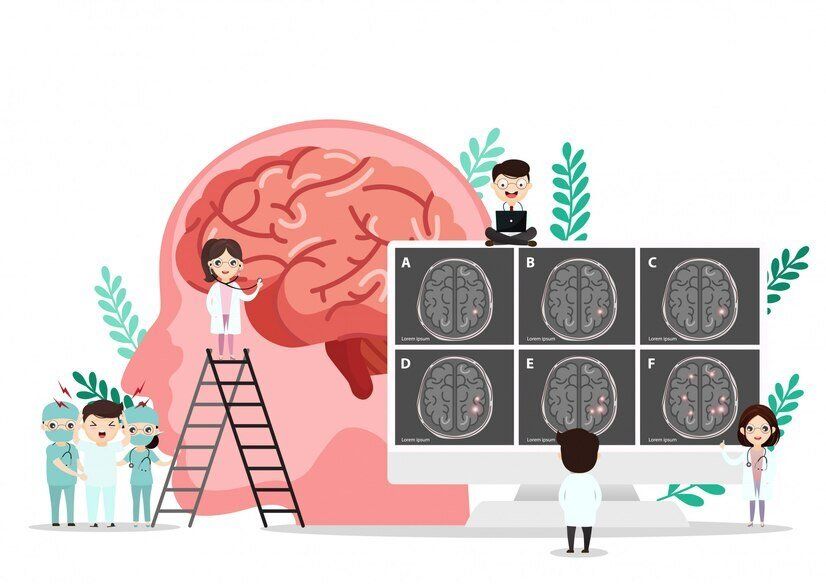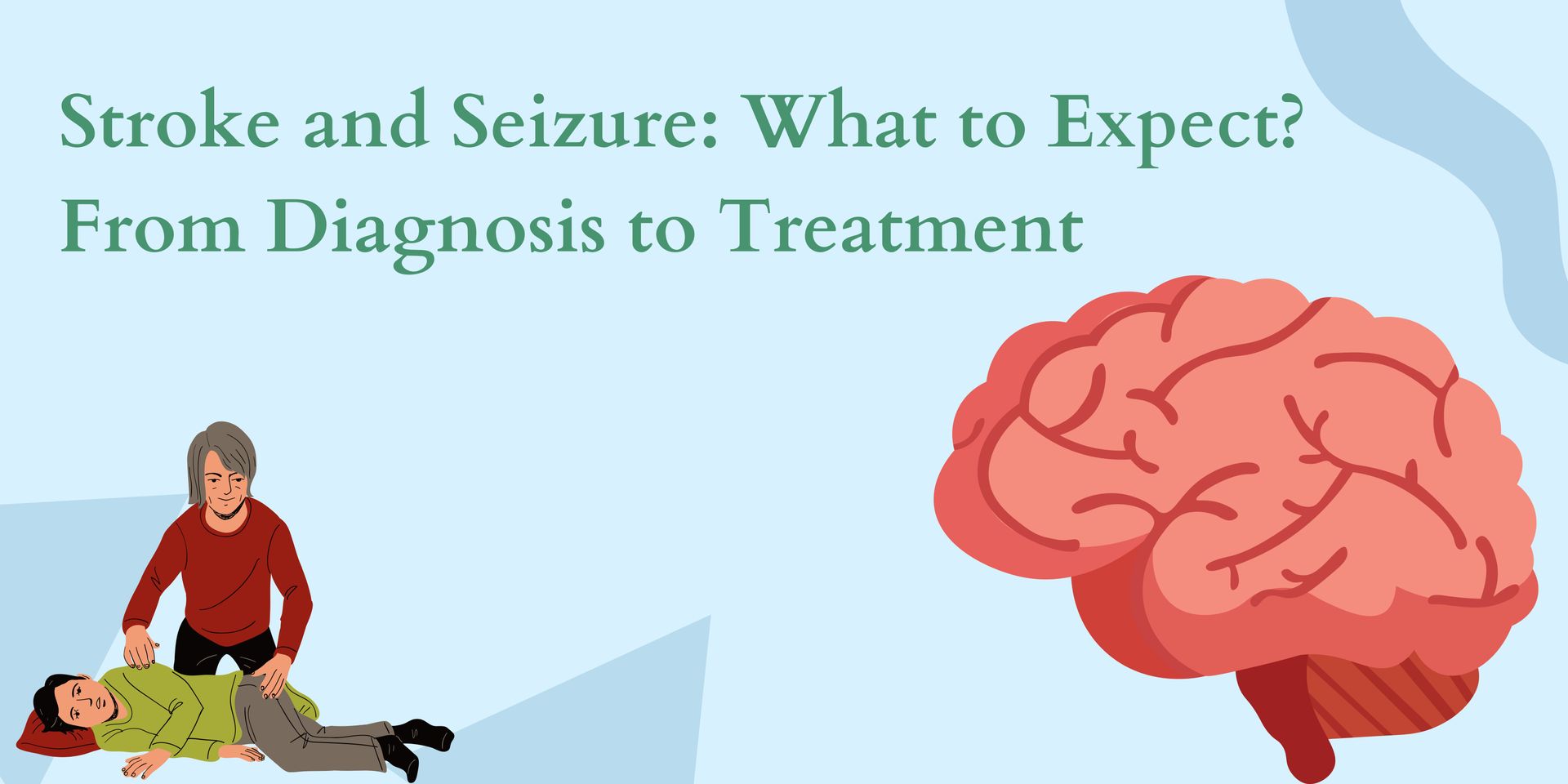Sciatica is a condition where the sciatic nerve, which runs from the lower back down to the legs, is compressed or irritated, leading to pain, numbness, or weakness. Microdiscectomy, a minimally invasive surgical procedure, is often performed to relieve sciatic pain caused by a herniated disc. However, in some cases, patients may continue to experience sciatica pain even 1 year after the surgery.
In India, back and sciatic pain are among the leading causes of disability, with an estimated 20% of adults experiencing sciatica at some point in their lives. While microdiscectomy is a common procedure, understanding why pain may persist long after surgery is crucial for proper management.
Is It Normal to Have Sciatica Pain 1 Year After Microdiscectomy?
While most patients recover well within a few months of microdiscectomy, it is not uncommon to experience residual or recurrent pain 1 year post-surgery. According to statistics from Indian hospitals, around 70-80% of patients who undergo microdiscectomy experience significant pain relief, but about 5-15% report lingering or recurrent pain after a year. Here are the possible reasons:
Scar Tissue (Epidural Fibrosis): Scar tissue formation is common after spinal surgery. While it usually doesn’t cause pain, in some cases, it may bind to the nerve roots, leading to discomfort.
Nerve Healing Time: Nerves heal slowly. If your sciatic nerve was severely compressed before surgery, it might take longer to recover fully, causing lingering pain.
Disc Degeneration: Disc degeneration, or the natural aging and breakdown of spinal discs, can progress after surgery, leading to renewed symptoms.
What Are the Signs You Should Look For?
If you're experiencing sciatic pain 1 year after microdiscectomy, it’s important to monitor your symptoms:
- Persistent Leg Pain: Pain radiating down the leg is the hallmark of sciatica.
- Numbness or Tingling: If numbness or tingling persists in your leg or foot, it may indicate ongoing nerve issues.
- Weakness: Muscle weakness, especially in the leg, could suggest that the nerve is still being compressed.
These symptoms warrant further evaluation by a spine specialist to determine the underlying cause.
Treatment Options for Sciatica Pain 1 Year After Microdiscectomy
If you continue to experience pain after microdiscectomy, several treatment options can be explored:
1. Physical Therapy: A physical therapist can design a customized program to improve your strength, flexibility, and posture, which may help alleviate nerve compression and reduce sciatica symptoms.
2. Pain Management Techniques: Medications such as NSAIDs, muscle relaxants, or nerve pain medications (like gabapentin or pregabalin) can temporarily relieve chronic sciatica.
3. Steroid Injections: Epidural steroid injections can help reduce inflammation and irritation around the nerve root, providing short-term pain relief.
4. Lifestyle Modifications: Maintaining a healthy weight, engaging in low-impact exercise, and avoiding activities that strain the lower back excessively can reduce the likelihood of recurring sciatica pain.
5. Re-Evaluation and Imaging: An MRI or CT scan may be required to identify any new issues, such as recurrent disc herniation or scar tissue pressing on the nerve.
6. Surgery: In cases where conservative treatments fail to alleviate pain, a second surgery may be necessary. This could involve removing scar tissue, repairing disc damage, or stabilizing the spine.
How to Prevent Sciatica After Surgery?
Here are a few key steps to prevent the recurrence of sciatica pain:
- Exercise Regularly: Strengthening core muscles can provide better spinal support.
- Good Posture: Maintaining good posture while sitting and standing can help avoid excessive strain on your back.
- Lifting Properly: Always bend your knees, not your back, when lifting heavy objects.
- Weight Management: Maintaining a healthy weight reduces pressure on the spine.
The Science Behind Sciatica Pain After Microdiscectomy
Sciatica pain is caused by the compression or irritation of the sciatic nerve, usually due to a herniated disc or spinal stenosis. Pain may persist when this pressure is not fully relieved after surgery or if complications arise, such as scar tissue formation. Research has shown that patients with severe pre-surgery nerve damage may take longer to heal, with some experiencing pain for a year or longer.
A study published in the Journal of Neurosurgery found that around 10% of patients experience recurrent pain due to scar tissue formation or disc re-herniation. It also emphasized the importance of physical therapy in recovery.
When Should You Consider a Second Surgery?
If conservative treatments fail to manage your pain and an MRI shows disc herniation or nerve compression, your doctor may recommend a second surgery. Studies suggest that patients who undergo a second microdiscectomy or spinal fusion have a good prognosis, with around 75% experiencing relief from their symptoms.
FAQs
1. Is it normal to have sciatica pain 1 year after microdiscectomy?
While it is not typical, some patients experience sciatica pain for up to a year due to factors like scar tissue or incomplete healing.
2. Can sciatica come back after microdiscectomy?
Yes, in some cases, sciatica can return due to disc re-herniation or other factors affecting the spine.
3. How is sciatic pain diagnosed after surgery?
Your doctor may use imaging techniques like MRI or CT scans to determine the cause of post-surgical sciatica.
4. What exercises can help alleviate sciatica pain after surgery?
Low-impact exercises such as walking, swimming, and specific core-strengthening routines can help manage pain.
5. What is the success rate of microdiscectomy in relieving sciatica?
Microdiscectomy has a success rate of 70-80% in relieving sciatica pain.






